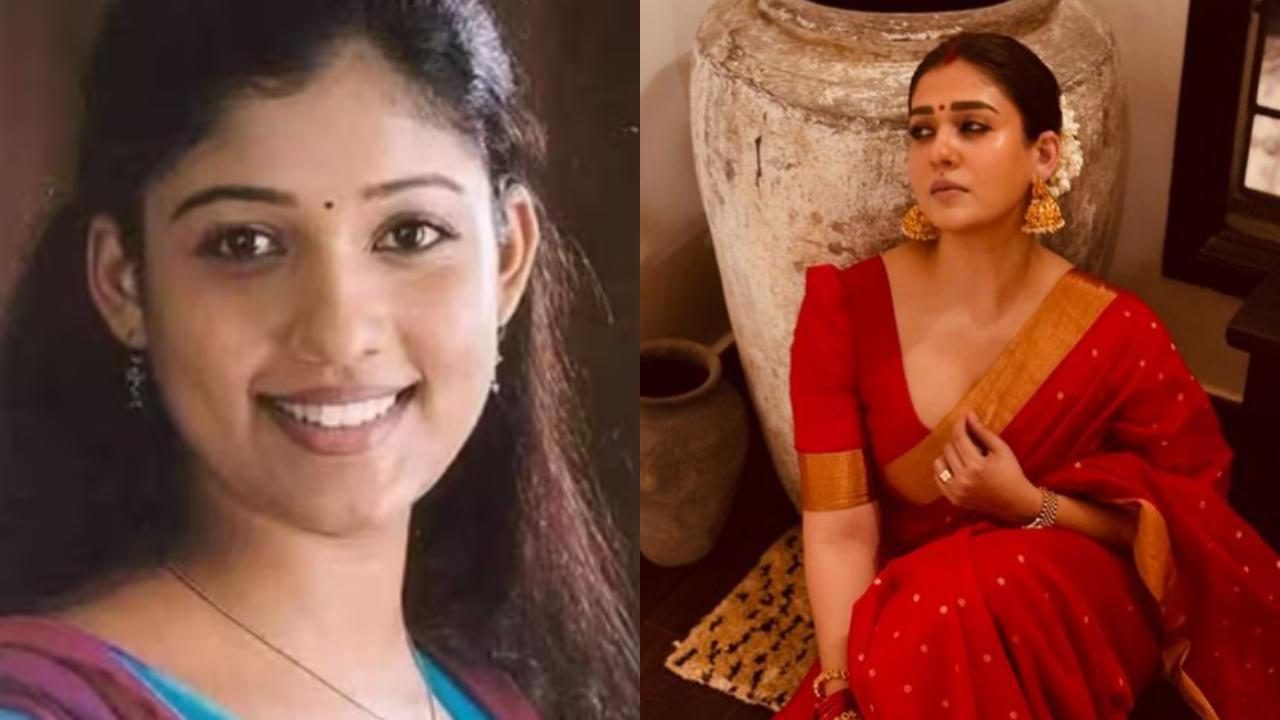
In the vibrant landscape of Punjabi music, Sukhbir Singh stands as an enduring icon whose classics continue to enliven party playlists around the globe. Known for evergreen hits like “Gal Ban Gayi,” “Ishq Tera Tadpave,” and the timeless “Oho Ho Ho Ho,” Singh is celebrated as the ‘Prince of Bhangra.’ Despite this, he’s not resting on past laurels. Embracing the changes ushered in by the new-age artists, Singh acknowledges that modern influences are reshaping the genre in compelling ways.
In an ever-evolving musical era where artists such as AP Dhillon, Diljit Dosanjh, and Karan Aujla redefine Punjabi sounds, Sukhbir Singh enthusiastically participates in the transformation. Sukhbir reflects on this shift, “While last year I delivered ‘Billy Billy’ for Salman Khan—a quintessential traditional Punjabi song—the streaming results highlighted that younger audiences lean towards different auditory experiences.” Despite a career spanning three decades, Singh remains receptive to these changes, stressing the importance of balancing the beloved old sounds with innovative new ones. “It’s a constant experiment, adapting and altering to discover what resonance with our listeners,” Singh asserts.
He underscores the influence of Western preferences on Punjabi music, crediting AP Dhillon’s success as a case in point. “Dhillon’s introduction of a hardcore American genre infused with familiar desi melodies caught widespread attention. It signals a paradigm shift,” Singh expounds. Speaking with excitement about this trend, he adds, “I’m genuinely intrigued by a lot of this music. If it’s resonating, it indicates an acceptance that mirrors evolving tastes.”
Today’s music scene demands more than just talent; it requires a savvy understanding of social media dynamics. Reflecting on this, Singh shares, “Popularity in today’s music world is a blend of sound and an artist’s digital presence. Social platforms can sometimes alter an artist’s career trajectory overnight, becoming great equalizers beyond just monetary investment.
.”
He shares an anecdote about working on the film “Kisi Ka Bhai Kisi Ki Jaan” with Salman Khan, where despite high-caliber talent and resources, the movie did not gain traction. Conversely, he cites the viral success of “Manike Mage Hithe” by Sri Lankan artist Yohani—a song unfathomable in its language to most, yet which topped charts thanks to a simple, self-produced video devoid of high-budget frills. “At its core, success demands an X-factor,” Singh elaborates. “You need a matching essence of the right song and an engaging hook step to capture attention.”
Notably, Sukhbir Singh’s prowess as a performer continues to shine through his recent endeavors in cinema. His creation, the out-and-out Punjabi track “Meher,” echoes the infectious energy of his earlier numbers. Without any creative control over melody or composition, Singh was approached by “Bandaa Singh Chaudhary” director Abhishek Saxena specifically to lend his voice to this high-pitched, challenging track. “When I saw the music video featuring Arshad Warsi, a smile involuntarily crept in—reaffirming the song’s welcoming charm,” Singh recounts warmly.
Beyond recording studios and social media reels, Singh’s commitment remains steadfast to live performances, crafting shows as mesmerizing to the eyes as they are to the ears. Passionate about audience interaction, Singh emphasizes, “Performances are a two-way energy exchange. When my dhol players join in sync with the whole band, it creates an invigorating atmosphere. Feedback from audiences often guides these choreographed movements, demanding seamless engagement.”
Sukhbir Singh’s journey illustrates a quintessential blend of retaining the cultural essence of Punjabi music while weaving through the waves of contemporary soundscapes. As Punjabi music continues to traverse new avenues, Singh remains a bridge between eras—his expertise ensuring that the tradition lives on even as the music evolves. The ‘Prince of Bhangra’ astutely navigates this cultural symphony, affirming that true artistry knows no bounds.










